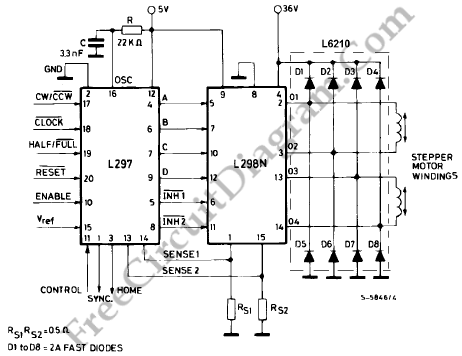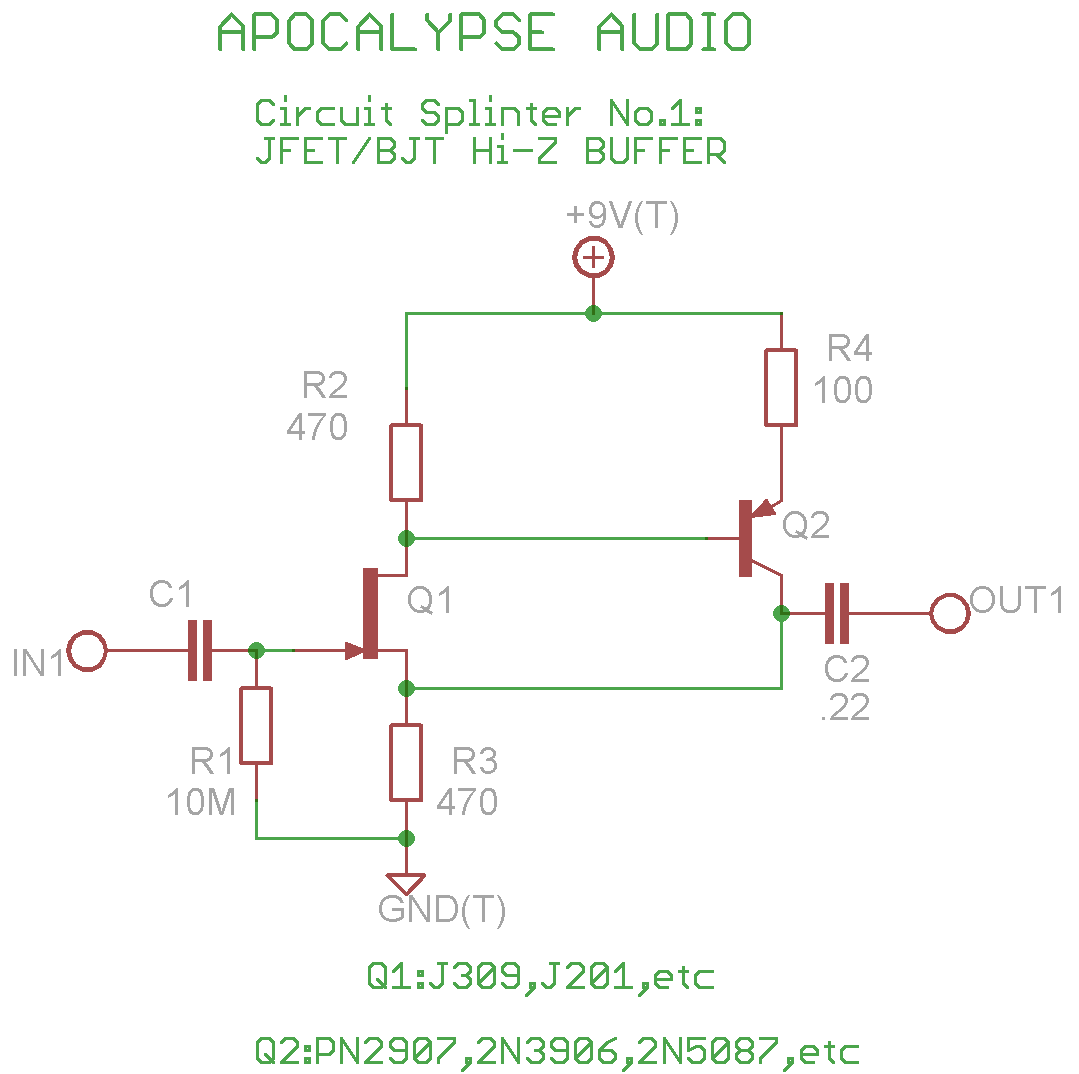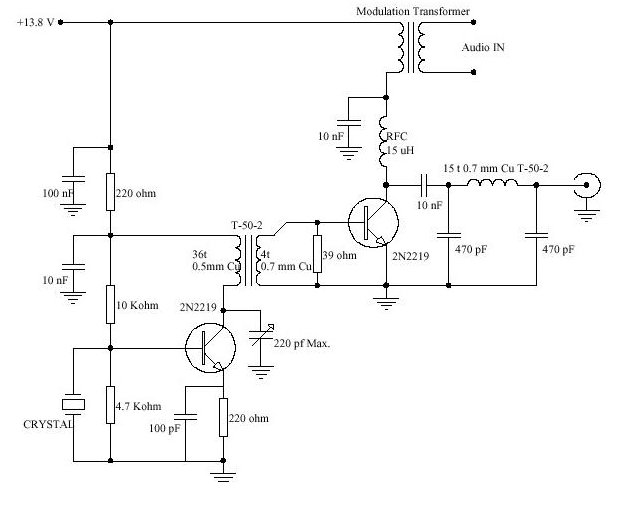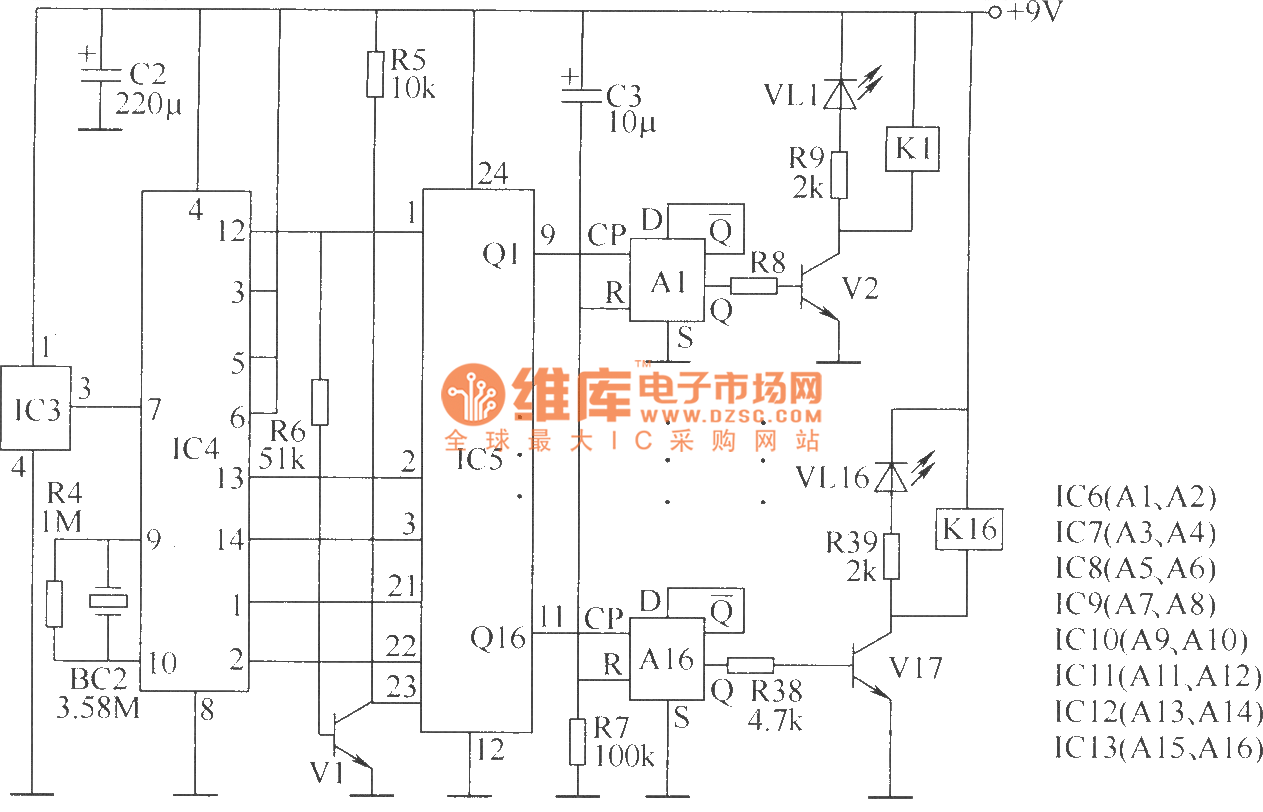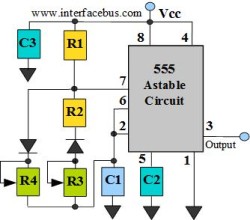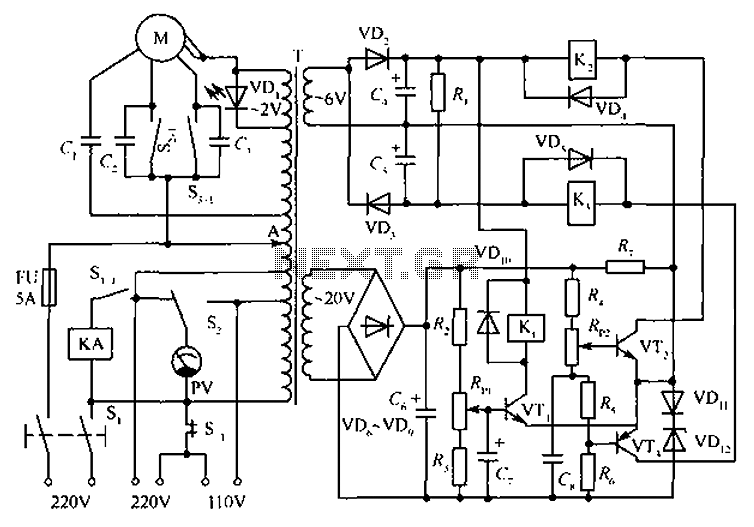
Automatic Windshield Washer Control circuit
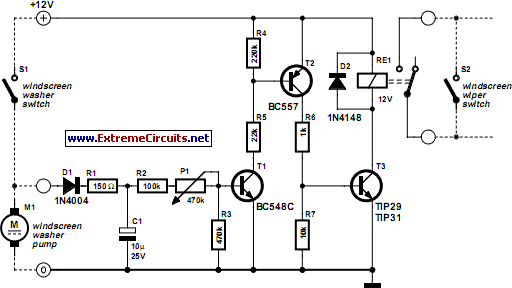
Most recent cars are equipped with a significant amount of electronics, including ABS brake systems, engine control with injection calculators, airbag activation, and various comfort functions. One such function, often overlooked due to its commonality, is the automatic activation of windshield wipers for a few seconds after the application of windshield cleaner. This feature is essential as it prevents excess rinse product from dripping onto a freshly cleaned windshield.
The automatic windshield wiper activation system is an integral component of modern automotive design, enhancing both safety and convenience for the driver. This system typically consists of several key elements: a control unit, a sensor, the windshield wipers themselves, and a washer fluid pump.
The control unit is the brain of the system, responsible for processing inputs from the sensor and activating the wipers accordingly. The sensor, often located near the windshield or integrated into the wiper motor assembly, detects when the windshield cleaner is activated. When the driver engages the windshield washer, the sensor sends a signal to the control unit.
Upon receiving this signal, the control unit initiates a brief activation sequence for the windshield wipers, typically lasting a few seconds. This timing is crucial, as it ensures that the wipers effectively remove any excess washer fluid from the windshield, thereby providing a clear view for the driver. The wipers' motion is synchronized with the washer fluid spray to maximize visibility and minimize streaking.
The system may also include additional features, such as variable speed settings for the wipers or integration with rain-sensing technology, which can automatically adjust the wiper speed based on the intensity of rainfall. This advanced functionality further enhances the overall driving experience by ensuring optimal visibility under various weather conditions.
In summary, the automatic windshield wiper activation system is a sophisticated electronic feature that plays a vital role in modern vehicles, combining convenience with safety to improve the overall functionality of the vehicle's exterior cleaning systems.Most, if not all, recent cars have an impressive amount of electronics, whether it be ABS brake systems, engine control with injection calculators, airbag activation, or other various functions, called comfort functions. Among them is one which we tend to forget because it has become so common today. It turns on the windshield wipers automatically for a few seconds after the windshield cleaner. This practice is almost indispensable because it avoids any dripping of excess rinse product right in the middle of a just-cleaned windshield..
🔗 External reference
The automatic windshield wiper activation system is an integral component of modern automotive design, enhancing both safety and convenience for the driver. This system typically consists of several key elements: a control unit, a sensor, the windshield wipers themselves, and a washer fluid pump.
The control unit is the brain of the system, responsible for processing inputs from the sensor and activating the wipers accordingly. The sensor, often located near the windshield or integrated into the wiper motor assembly, detects when the windshield cleaner is activated. When the driver engages the windshield washer, the sensor sends a signal to the control unit.
Upon receiving this signal, the control unit initiates a brief activation sequence for the windshield wipers, typically lasting a few seconds. This timing is crucial, as it ensures that the wipers effectively remove any excess washer fluid from the windshield, thereby providing a clear view for the driver. The wipers' motion is synchronized with the washer fluid spray to maximize visibility and minimize streaking.
The system may also include additional features, such as variable speed settings for the wipers or integration with rain-sensing technology, which can automatically adjust the wiper speed based on the intensity of rainfall. This advanced functionality further enhances the overall driving experience by ensuring optimal visibility under various weather conditions.
In summary, the automatic windshield wiper activation system is a sophisticated electronic feature that plays a vital role in modern vehicles, combining convenience with safety to improve the overall functionality of the vehicle's exterior cleaning systems.Most, if not all, recent cars have an impressive amount of electronics, whether it be ABS brake systems, engine control with injection calculators, airbag activation, or other various functions, called comfort functions. Among them is one which we tend to forget because it has become so common today. It turns on the windshield wipers automatically for a few seconds after the windshield cleaner. This practice is almost indispensable because it avoids any dripping of excess rinse product right in the middle of a just-cleaned windshield..
🔗 External reference
Warning: include(partials/cookie-banner.php): Failed to open stream: Permission denied in /var/www/html/nextgr/view-circuit.php on line 713
Warning: include(): Failed opening 'partials/cookie-banner.php' for inclusion (include_path='.:/usr/share/php') in /var/www/html/nextgr/view-circuit.php on line 713
